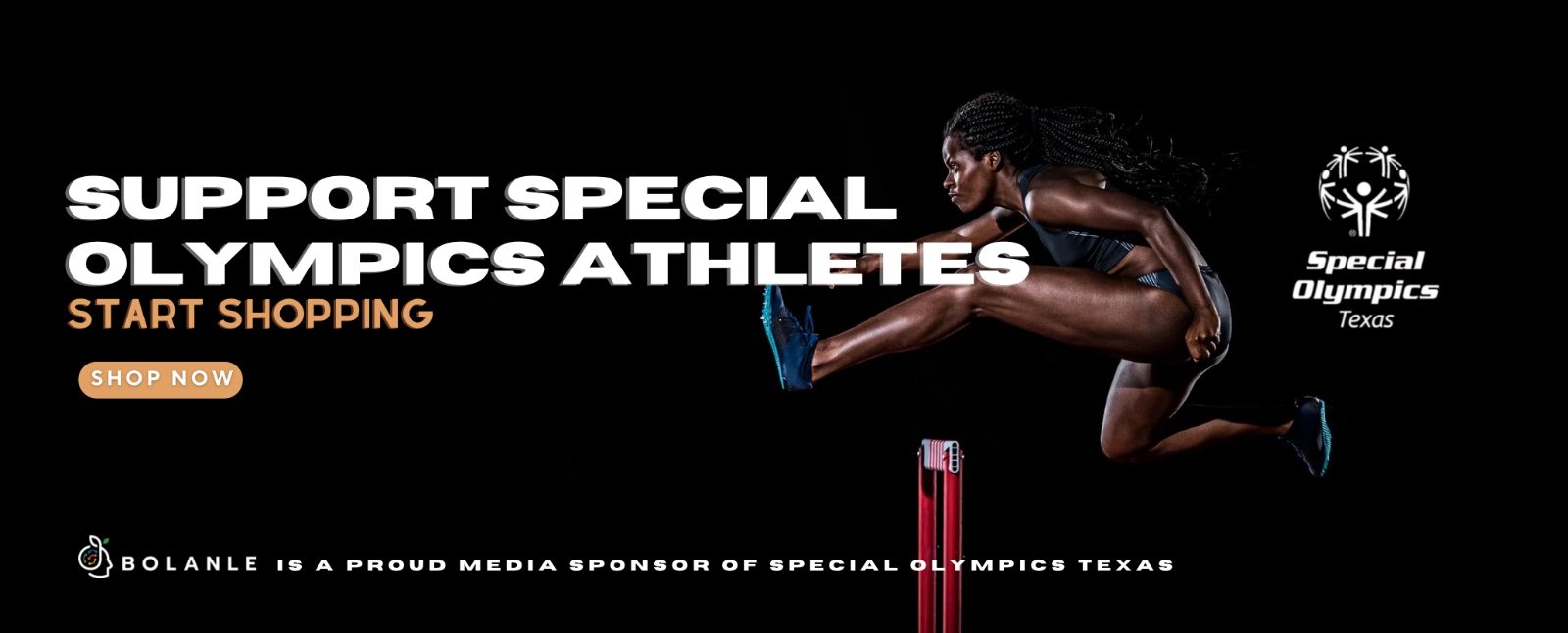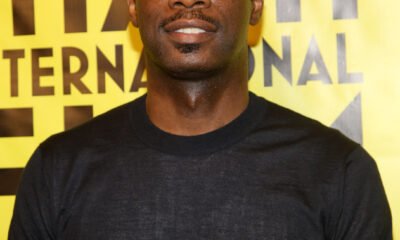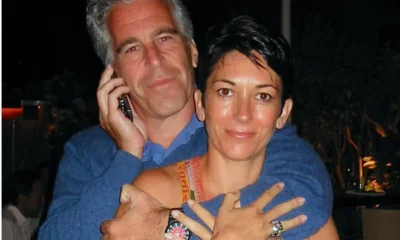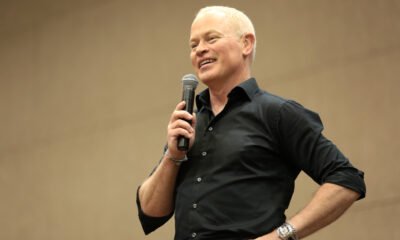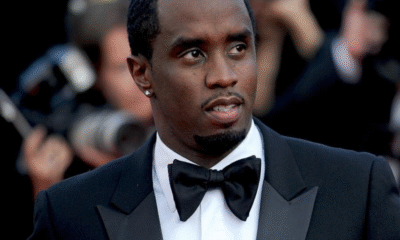Entertainment
Wrongfully Accused? Harvey Weinstein’s Plea for Fairness and Truth
In a rare and revealing on-camera interview, Harvey Weinstein, once a titan of Hollywood, sits down with Candace Owens to break his silence following the overturning of his New York conviction. Weinstein, who became the central figure in the #MeToo movement, claims he is the victim of a miscarriage of justice, insisting he is “wrongfully accused.” In this candid conversation, Weinstein reflects on his fall from grace, the role of the media, the complexities of his relationships, and his ongoing fight for what he calls “fairness and truth.”
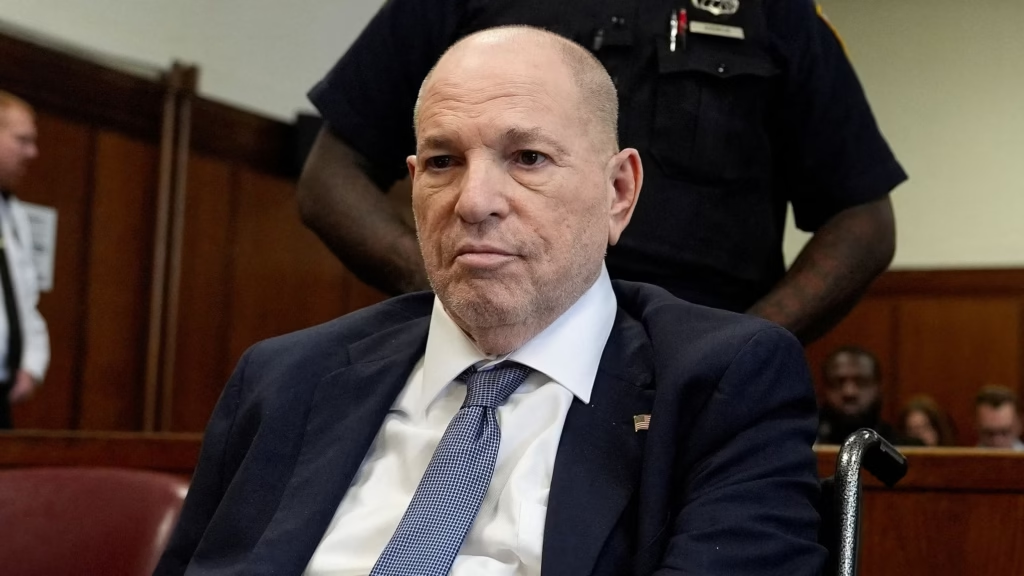
Weinstein’s Appeal: “I Am Not Angry, But Angry at the System”
Weinstein opens the interview with a measured tone, expressing gratitude for the opportunity to speak but making clear his frustration with the legal system. “I’m not angry, but I’m angry at the system,” he says, emphasizing that his conviction was overturned and that he is currently awaiting retrial. He draws a distinction between personal failings and criminal acts, admitting to “terrible mistakes” in his personal life—cheating on his wife, hurting family and friends—but vehemently denying the criminal charges against him.
“I did not commit these crimes. I swear that before God and the people watching now and on my family. I’m wrongfully accused. But justice has to know the difference between what is immoral and what is illegal.”
The Media and the Court of Public Opinion
Weinstein is forthright about his belief that the media played a pivotal role in shaping public perception and prejudicing his case. He thanks Candace Owens and podcasters like Joe Rogan for giving him a platform, contrasting their approach with what he sees as the mainstream media’s rush to judgment.
“The media doesn’t favor me… the mainstream media uses every opportunity to discredit me. But I speak for innocent people—justice has to matter. Evidence has to matter.”
He laments the lack of support from former friends and colleagues, attributing their silence to a fear of being “canceled.” Weinstein describes the atmosphere as a “witch hunt,” where even those who might have supported him were too afraid to speak out.
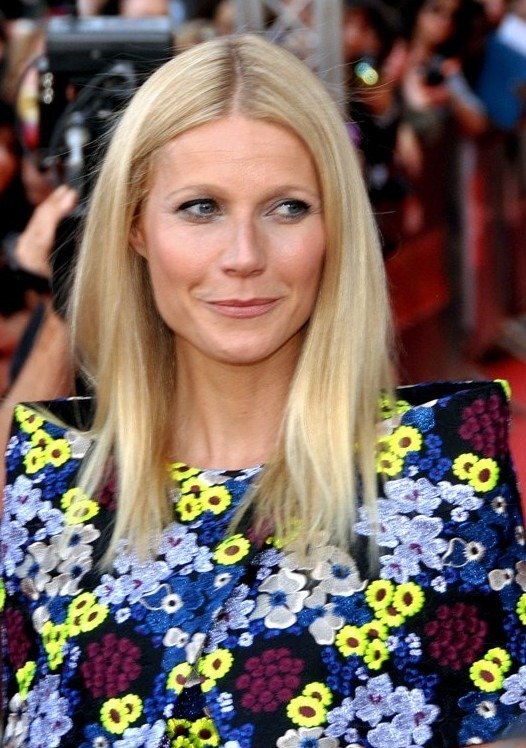
High-Profile Accusations and Weinstein’s Response
The interview touches on specific allegations, most notably those made by Gwyneth Paltrow. Weinstein acknowledges making a pass at Paltrow but denies any abusive behavior, offering his own account of their professional relationship and the incident in question. He points to years of successful collaboration and public displays of friendship as evidence that the relationship was not as toxic as later described.
“I definitely made a pass, I guess. You could call it that. But that was the sum total of that situation… Now I heard, you know, that she thought the relationship was abusive. Anybody who was there who witnessed that relationship—it just turned into total friends.”
The #MeToo Movement: Conflating Immorality with Criminality
Both Weinstein and Owens express concerns about the #MeToo movement’s tendency to blur the lines between uncomfortable encounters and criminal acts. Owens argues that conflating being “hit on” with rape is irresponsible, and Weinstein agrees, suggesting that he became the scapegoat for a movement seeking a high-profile conviction.

“It’s all conflated and it’s all led to the idea that I am going to be the one they prosecute. I am going to be the one they persecute.”
Weinstein points out that after his conviction was overturned, prosecutors chose to pursue a retrial rather than drop the case, further fueling his sense of being targeted.
Polygraph Tests and Unreported Evidence
Weinstein reveals that he has taken lie detector tests regarding some of the accusations, claiming to have scored highly for honesty. He expresses frustration that such details were not widely reported in the press and that certain exculpatory evidence was excluded from court proceedings.
“I want the world to know that I did that. And I hope the women would just take me up on the challenge and say, ‘Okay, we’ll do it, too.’ But I doubt they will, but I will.”
The Fallout: Isolation and the Changing Media Landscape
Weinstein reflects on the personal cost of the allegations and subsequent conviction. He describes losing nearly everything—his career, reputation, and relationships with many in Hollywood. Only a handful of friends from before his rise to power remained loyal, while others distanced themselves or publicly condemned him.
He also notes the shifting media landscape, observing that independent voices and podcasters now have the power to challenge mainstream narratives and revisit controversial cases like his.

Conclusion: A Plea for Fairness and Truth
Harvey Weinstein’s interview is a complex, emotional, and controversial plea for a more nuanced understanding of his case. He admits to moral failings but maintains his innocence regarding the criminal charges. Weinstein calls for a justice system that distinguishes between immorality and illegality, and for a media environment that prioritizes evidence over sensationalism.
Whether or not the public is ready to reconsider Weinstein’s case, his interview is a reminder of the ongoing debates about due process, media influence, and the legacy of the #MeToo movement. As Weinstein awaits retrial, his story continues to provoke questions about justice, accountability, and the power of public opinion.
Disclaimer:
This article summarizes and contextualizes statements made by Harvey Weinstein in a recent interview. The views expressed are those of the interview participants and do not constitute an endorsement or verification of any claims. Weinstein’s legal proceedings are ongoing, and all individuals are presumed innocent until proven guilty in a court of law.

Bolanle Media covers a wide range of topics, including film, technology, and culture. Our team creates easy-to-understand articles and news pieces that keep readers informed about the latest trends and events. If you’re looking for press coverage or want to share your story with a wider audience, we’d love to hear from you! Contact us today to discuss how we can help bring your news to life
Entertainment
Hollywood’s Kiss or Miss Policy: Why Saying No Got Neal McDonough Blackballed
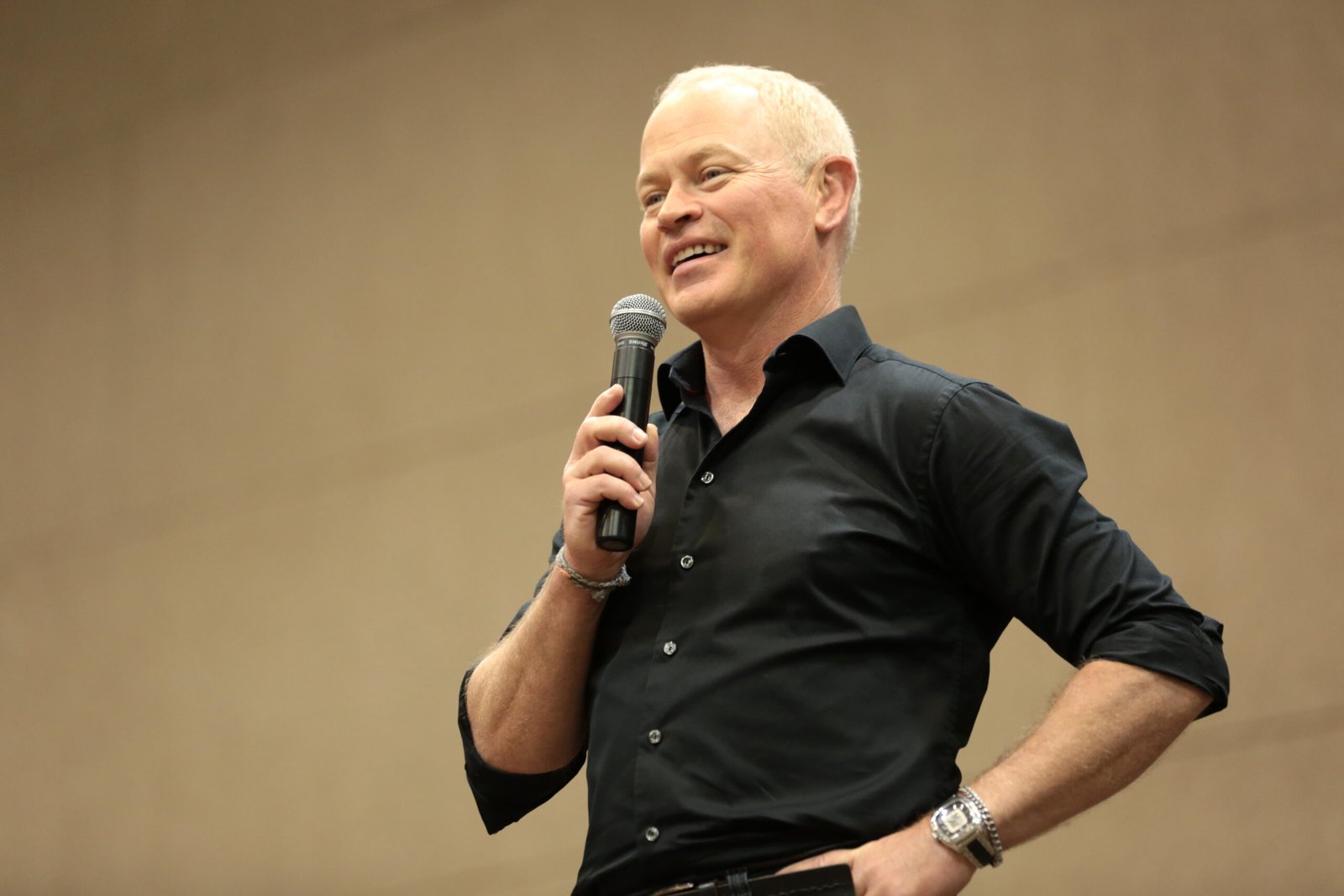
Neal McDonough’s name is synonymous with versatility on screen — from gripping war dramas like Band of Brothers to contemporary hits like Yellowstone. Yet behind his steady career lies a lesser-known story, one that exposes Hollywood’s surprising intolerance for personal conviction. McDonough’s insistence on a no-kissing rule in his contracts, a commitment driven by loyalty to his wife and family, resulted in a devastating blacklist that nearly cost him everything.
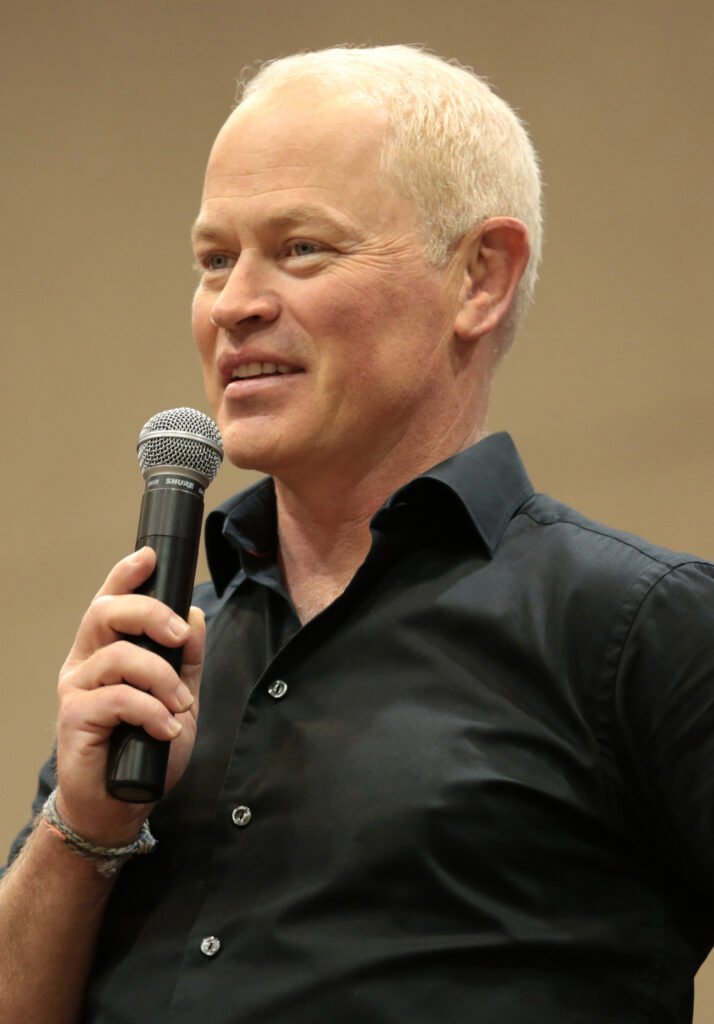
Holding Fast to His Values
Married since 2003 to model Ruvé Robertson and a devoted father to five children, McDonough chose not to compromise on his core beliefs, even at professional cost. Rather than chase fame at any price, he set a clear boundary that he would not share on-screen kisses with any woman other than his wife.
“I always had it in my contracts: no kissing other women on-screen,” McDonough explained. “I knew what it meant for my family, for my relationship, and I wasn’t going to step over that line.”
This deeply personal stance wasn’t born out of ego or sanctimony but a desire to protect the sanctity of his marriage and the wellbeing of his family.
“My wife is my priority,” he said. “The rest can wait.”
The Cold Shoulder from Tinseltown
What followed wasn’t the Hollywood applause McDonough might have hoped for, but instead a professional exile. Industry gatekeepers reportedly rejected him from roles and even dropped him mid-production over his refusal to perform intimate scenes that contravened his no-kissing policy.
“Hollywood turned on me hard and fast,” McDonough shared candidly. “I lost everything — the work, the goodwill, my sense of self.”
Reports surfaced of McDonough being pulled from a show Scoundrels just days into filming because he declined a kissing scene. The implication was clear: in Hollywood, kissing other women wasn’t a mere acting choice; it was a mandatory rite of passage.
Courage in the Face of Pressure
Neal McDonough’s story is an uncommon example of a man standing his ground in an industry built on appearances and compromises. His ordeal lays bare Hollywood’s tendency to steamroll personal boundaries in favor of “business as usual.”
“Intimacy is sacred to me,” McDonough said. “When I drew the line, it wasn’t popular, but it was necessary for who I am.”
His wife, Ruvé Robertson, who has stood beside him throughout, expressed unwavering support for his decision.
“Neal’s integrity is why our family stays strong. It’s more important than any role, any accolade,” she said.
A Journey Back to the Spotlight
After enduring years of silence and struggle, McDonough found his footing again through key allies in the industry who respected his boundaries and talent. Notably, in the film The Last Rodeo(2025), he broke his no-kissing rule — but only with his wife playing his on-screen partner.
“That kiss wasn’t just performance; it was a celebration of loyalty,” he reflected. “I had to have my wife by my side for it to feel right.”
The Bigger Picture
Neal McDonough’s journey challenges Hollywood to rethink its rigid expectations of actors and respect individual values. It’s a compelling story of fidelity and courage in an industry that often demands conformity at all costs.
“I hope my story encourages others to hold firm to who they are,” McDonough said. “Because no role should cost you your integrity.”
Entertainment
Ariana Grande’s Red Carpet: When Fans Forget Boundaries

At the Singapore premiere of the highly anticipated film “Wicked: For Good,” Ariana Grande faced an unsettling moment that quickly went viral. As the pop star confidently walked the yellow carpet alongside her co-stars, an overzealous fan, identified as 26-year-old Johnson Wen, broke through security barricades and lunged at her, grabbing her in an unexpected and alarming manner. The incident was swiftly halted thanks to the quick intervention of Ariana’s co-star Cynthia Erivo, who shielded the singer until security subdued the intruder.

Known online as “Pyjama Man,” Wen has a notorious reputation for crashing high-profile events to gain viral attention. This was not his first stunt; he had previously disrupted performances by stars like Katy Perry and The Weeknd. Following the incident, Wen posted footage of himself on Instagram, captioning it,
“Dear Ariana Grande, Thank You for letting me Jump on the Yellow Carpet with You,” much to the dismay of fans who criticized his reckless behavior.
The event has sparked widespread discussions about the safety and boundaries of celebrities attending public events. Ariana Grande, who has openly struggled with anxiety and trauma following the 2017 Manchester bombing, was visibly shaken but remained composed in the aftermath. Although she did not comment directly on the incident, she expressed gratitude to her fans in Singapore through social media posts.
Billie Eilish, another major music star, was also present and later reflected on how moments like these highlight the growing challenges celebrities face as fans blur the lines between admiration and invasion of privacy.

The incident at the “Wicked: For Good” premiere is a stark reminder that while celebrity fandom can be passionate, it must respect personal boundaries, especially in high-security environments intended to protect performers. Ariana Grande’s grace under pressure and activists like Cynthia Erivo’s immediate response prevented what could have been a far more serious encounter. Still, it raises serious questions about event security and fan etiquette in today’s hyper-connected celebrity culture.
This moment underscores a larger trend where stars find themselves navigating the precarious balance of engaging with fans while maintaining their safety and dignity on the public stage.
Entertainment
Wendy Williams Cleared of Dementia, Battles to End Guardianship

Wendy Williams, the well-known television personality, was long believed to be suffering from frontotemporal dementia (FTD), a diagnosis that led to her being placed under a court-ordered guardianship since 2022. However, recent medical evaluations by a top neurologist in New York have concluded that Wendy Williams does not have this degenerative condition. This groundbreaking revelation directly contradicts earlier diagnoses that justified strict legal control over her personal and financial decisions.

The original diagnosis had been used by her court-appointed guardian to limit Williams’ autonomy and isolate her from family and career opportunities. Friends, family, and legal representatives now assert that Wendy has remained mentally sharp, articulate, and physically recovered, challenging the notion that she is incapacitated. The new neurological tests showed no signs of the cognitive decline typically associated with frontotemporal dementia, which is known to be irreversible and progressive.
As a result of these findings, Wendy Williams’ lawyers are preparing to file documents to the court to terminate the restrictive guardianship arrangement. If the judge resists, her attorney plans to take the case to a jury trial, seeking to restore her full independence. This situation has brought to light concerns about guardianship abuse, misdiagnosis, and the potential misuse of legal powers, especially in high-profile cases.
The controversy surrounding her guardianship also involves allegations from her ex-husband, who earlier sued to end the guardianship, claiming it was harmful and exploitative rather than protective. His lawsuit described the guardianship as “a weapon, not a shield,” emphasizing the lack of therapeutic benefit for Wendy Williams.

This reversal of diagnosis is significant not only for Wendy Williams’ personal freedom but also for raising public awareness about the importance of accurate medical assessments before imposing such life-altering legal restrictions. Fans and advocates are hopeful that this development will mark the beginning of Wendy Williams’ return to public life on her own terms, free from unjust confinement.
In sum, Wendy Williams’ case highlights critical issues at the intersection of health, law, and individual rights, revealing how a flawed diagnosis can lead to profound consequences, including loss of autonomy and control over one’s life.

 News4 weeks ago
News4 weeks agoDiddy Wakes Up to Knife in Prison Attack

 Business4 weeks ago
Business4 weeks agoHarvard Grads Jobless? How AI & Ghost Jobs Broke Hiring

 Entertainment2 weeks ago
Entertainment2 weeks agoAfter Party: Festival Winner for Best Romantic Short

 News1 week ago
News1 week agoCamp Wackapoo – Rise of Glog Takes Center Stage

 Entertainment1 week ago
Entertainment1 week agoFrancisco Ramos Takes Top Mockumentary Award at Houston Comedy Film Festival

 Politics2 weeks ago
Politics2 weeks agoMamdani’s Victory Triggers Nationwide Concern Over New York’s Future

 Politics2 weeks ago
Politics2 weeks agoTrump’s $2,000 Tariff Dividend Plan: Who Gets Paid?

 News1 week ago
News1 week ago50-Year Mortgages: A Game Changer or a Debt Trap?

